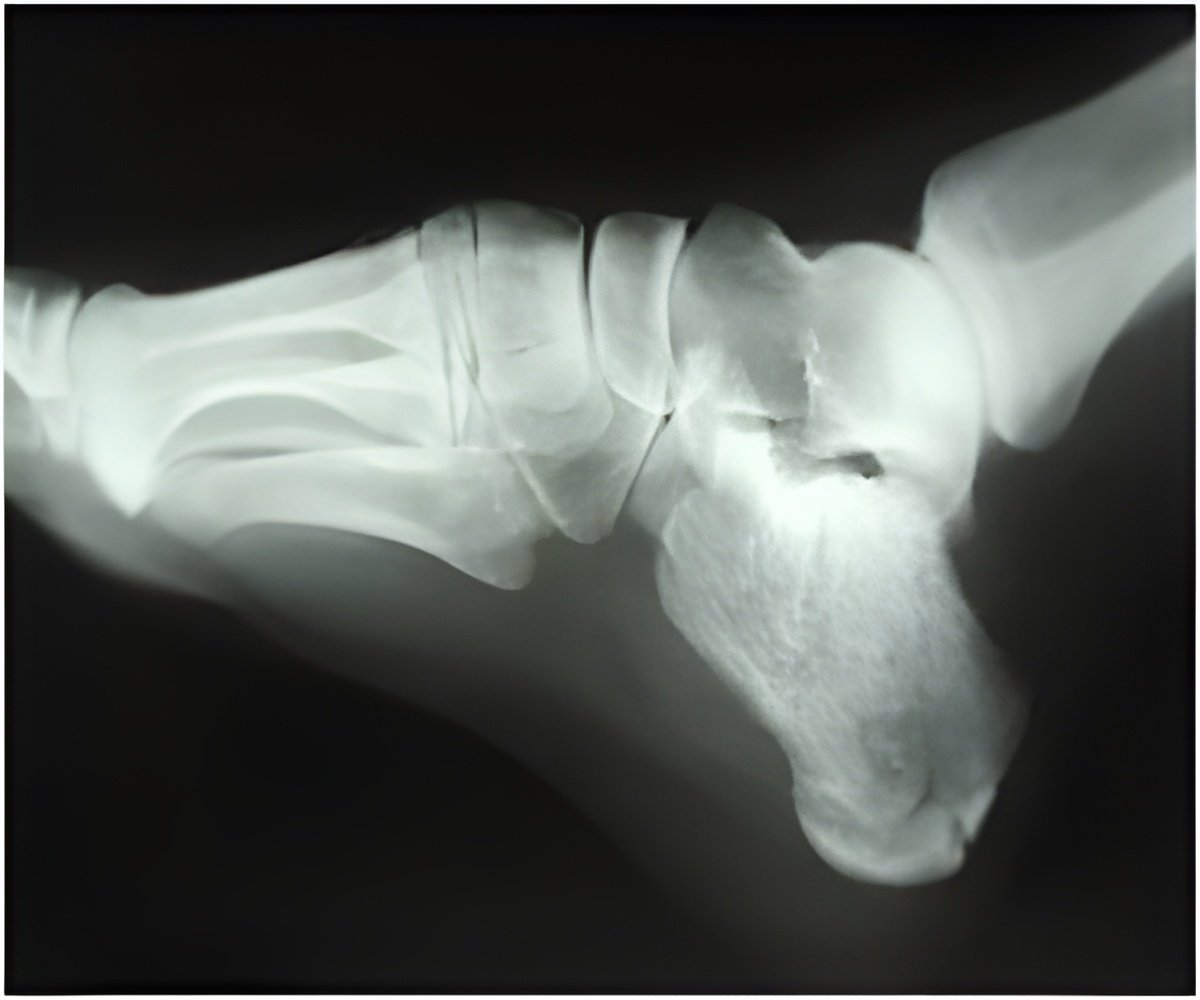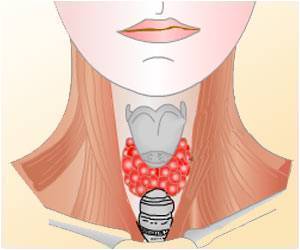
Improving treatment uptake to prevent future fractures:Largely due to the ageing of the population, the annual number of fractures in France, Germany, Italy, Spain, the UK and Sweden is expected to increase by 28.9% in 2025 - from a current 2.46 million to approximately 3.17 million. The total monetary burden in these six countries alone is expected to increase from 30.7 Billion in 2010 to 38.5 Billion in 2025.
Low treatment uptake is identified as a major problem. People at high risk of fracture are simply not being identified and referred for preventative treatment, while approximately 50% of those who are identified for pharmacological intervention don't follow their prescribed treatment and/or discontinue treatment within one year.
The report found that increasing treatment uptake to provide all individuals with a 10-year probability of fracture exceeding that of an age and sex-matched individual with a previous fracture with a 3-year treatment would require a 2.4-fold increase in provision of treatment. As a result, a significant number of future fractures could be avoided cost-effectively in the six European countries studied:
- Increasing treatment uptake in the six countries would result in 95,000 fewer fractures and 33,357 Quality of Life Years (QALYs) gained annually in 2025;
- The accumulated number of potentially avoided fractures from increasing uptake up to 2025 was estimated at 699,000; Advertisement
- 13% of the projected increase in fractures and 20% of the projected increase in lost QALYs could cost-effectively be avoided.
Advertisement















